Looking for exactly how to use nigella sativa (black seed) in cooking? This guide delivers 10 precision culinary techniques backed by food science and traditional cooking practices. You'll learn the optimal temperatures for thermal activation, proper storage methods to preserve flavor compounds, and specific applications that transform ordinary dishes. Unlike generic spice guides, this resource provides actionable kitchen protocols used by professional chefs and traditional cooks across Middle Eastern, Indian, and Mediterranean cuisines.
Nigella sativa isn't just another spice—it's a flavor architect. When used correctly, it creates complex flavor layers through precise thermal chemistry and fat interactions. This guide cuts through wellness marketing hype to deliver what home cooks actually need: clear, implementable techniques for perfect nigella sativa integration in everyday cooking.
Table of Contents
- Why Nigella Sativa Is a Flavor Catalyst, Not Just a Spice
- The Flavor Science: How Thermal Activation Transforms Taste
- 10 Precision Cooking Techniques You Can Implement Today
- Traditional Wisdom vs. Modern Cooking Mistakes
- Proper Storage Methods for Maximum Flavor Longevity
- Most Common Nigella Sativa Errors (and Solutions)
- Quick-Reference Flavor Matrix for Different Dishes
- Frequently Asked Questions Answered
- Conclusion: Transform Your Cooking with Proper Nigella Sativa Use
Why Nigella Sativa Is a Flavor Catalyst, Not Just a Spice
Nigella sativa—known as kalonji in South Asia and habbat al-barakah in Arabic traditions—functions as a flavor modulator rather than a standalone ingredient. Historical cooking practices reveal its strategic use across Egyptian bread rituals, Persian rice preparations, and Indian pickling, always deployed to balance specific flavor profiles rather than dominate them.
Food science explains this versatility: the seed's volatile compounds (including p-cymene and thymoquinone) interact uniquely with fats and starches. Unlike single-note spices, it releases complementary flavor layers during specific thermal stages—making timing and technique essential for optimal results. This is why "just sprinkling" nigella sativa rarely delivers authentic flavor experiences.
The Flavor Science: How Thermal Activation Transforms Taste
Raw nigella sativa presents muted bitterness, but thermal activation at 160°C (320°F) triggers enzymatic reactions producing compounds with earthy-onion notes and a peppery finish. This differs significantly from black sesame: nigella offers aromatic volatility without oil diffusion, creating textural contrast ideal for surface application rather than deep infusion.
Understanding this transformation explains why traditional cooks apply nigella sativa at precise moments in the cooking process—never as a generic finishing touch. The following techniques maximize this scientific principle for authentic results.
10 Precision Cooking Techniques You Can Implement Today
- Optimal Thermal Activation: Heat seeds in 120°C (250°F) oven for 90 seconds—not pan-toasting—to uniformly release volatile compounds without scorching. This precise temperature prevents thymoquinone degradation.
- Flatbread Integration: Press seeds into dough 30 seconds before baking completion; this embeds them without burning while maximizing aroma diffusion. Traditional Middle Eastern bakers use this timing for perfect adhesion.
- Pickle Preservation: Combine with mustard oil in Indian achar; the oil's pungency activates nigella's antimicrobial properties, extending shelf life while enhancing flavor complexity.
- Hummus Enhancement: Add to tahini during blending—not post-preparation—to bind with fats for even distribution. This prevents the "bitter pockets" common in amateur preparations.
- Baked Goods Timing: Incorporate during final dough fold to preserve crunch; earlier addition causes moisture absorption and texture loss, a frequent error in Western recipes.
- Dip Enhancement: Sprinkle over chilled labneh; cold temperatures prevent bitterness while creating textural contrast, a technique perfected in Levantine kitchens.
- Oil Infusion Precision: Heat seeds in oil to 140°C (285°F) for exactly 4 minutes—beyond this, compounds degrade into acrid notes. Use a thermometer for reliable results.
- Lentil Pairing: Add during tadka (tempering) phase in dal; the bitterness balances lentil earthiness without overpowering, following authentic Indian cooking principles.
- Rice Technique: Bloom seeds in ghee before adding rice; the fat-soluble compounds then coat each grain uniformly, creating the signature flavor of Persian tahdig.
- Garnish Physics: Use damp fingers when sprinkling to prevent seed bounce-off on smooth surfaces like soups—a practical solution to a common frustration.

Traditional Wisdom vs. Modern Cooking Mistakes
Contemporary recipes often misuse nigella sativa due to misunderstanding its culinary role. Historical texts consistently position it as a flavor enhancer—not a primary ingredient. For example, 10th-century Persian cookbooks specify its use in lamb dishes specifically to counteract gaminess, while Ayurvedic references emphasize digestive pairing with heavy lentils.
This distinction matters: thermal processing alters flavor compounds. Studies show thymoquinone degrades above 180°C (356°F), meaning roasted applications provide different flavor profiles than raw use. Understanding these transformations allows cooks to leverage traditional wisdom without guessing.
Proper Storage Methods for Maximum Flavor Longevity
Preserving nigella sativa's volatile compounds requires specific protocols:
- Vacuum Sealing: Oxygen exposure degrades key terpenes; use vacuum-sealed containers with oxygen absorbers for optimal preservation.
- Temperature Control: Store below 15°C (59°F); refrigeration extends peak flavor from 6 to 18 months, critical for maintaining cooking quality.
- Light Blocking: Amber glass containers prevent UV degradation of photosensitive compounds, preserving the nuanced flavor profile.
- Batch Processing: Divide bulk purchases into single-use portions; repeated air exposure accelerates staleness, a common oversight in home kitchens.
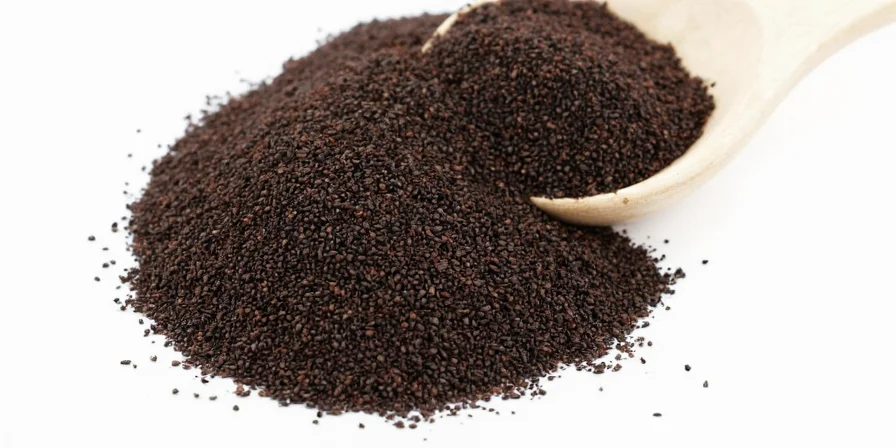
Most Common Nigella Sativa Errors (and Solutions)
These technical pitfalls undermine nigella sativa's culinary potential:
- Overheating: Pan temperatures exceeding 180°C cause rapid thymoquinone degradation. Solution: Use thermometer-controlled heating to maintain 140°C for oil infusions.
- Moisture Contamination: Humidity makes seeds clump and lose crunch. Solution: Store with silica gel packets in airtight containers.
- Improper Timing: Adding to acidic ingredients (lemon/vinegar) before thermal activation amplifies bitterness. Solution: Add acids post-cooking for balanced flavor.
- Measurement Errors: Volume measurements vary by 30% due to seed density. Solution: Weigh seeds (1.25g per serving provides optimal flavor).
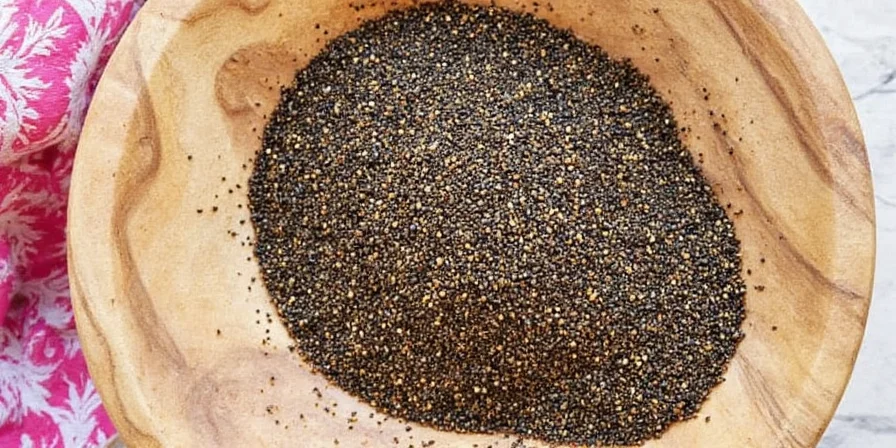
Quick-Reference Flavor Matrix for Different Dishes
| Application | Optimal Technique | Flavor Outcome |
|---|---|---|
| Thermal Activation | 120°C for 90 seconds | Optimal volatile release without scorching |
| Flatbread Integration | Press into dough at 30-sec pre-bake | Secure embedding with aroma diffusion |
| Oil Infusion | 140°C for 4 minutes | Maximized flavor transfer without degradation |
| Rice Preparation | Bloom in ghee pre-rice addition | Uniform grain coating for authentic Persian flavor |
| Surface Garnish | Apply with damp fingers | Prevents bounce-off on smooth textures like soups |
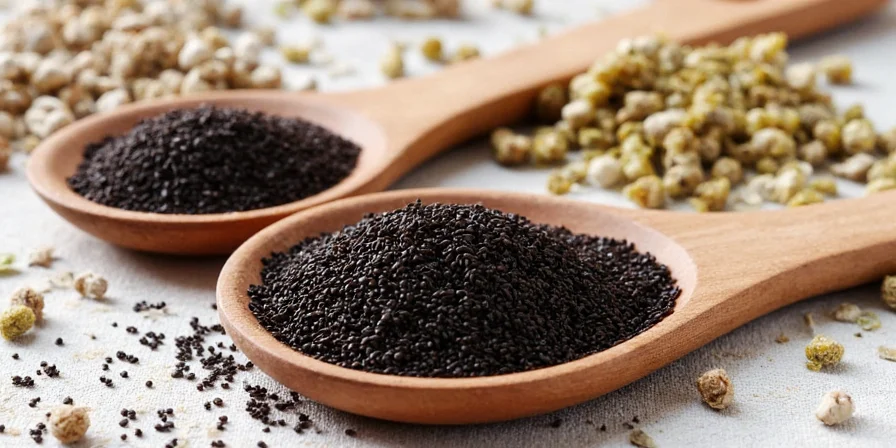
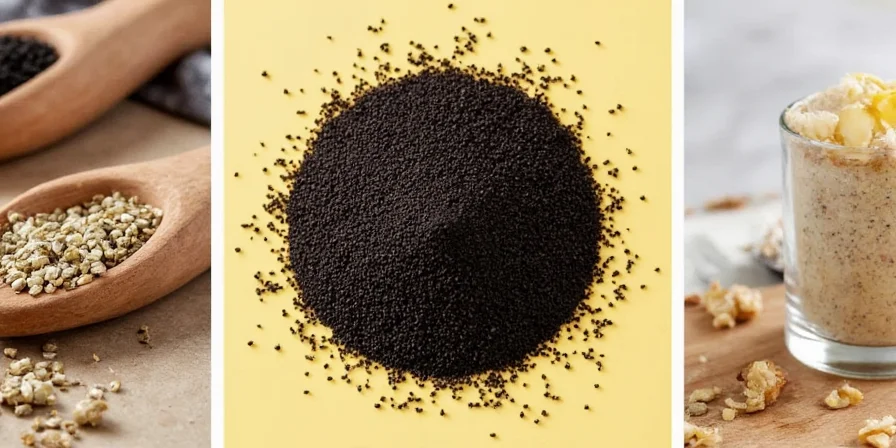
Frequently Asked Questions Answered
How does nigella sativa differ from black onion seeds?
They're entirely different species. Nigella sativa has matte-black, teardrop-shaped seeds with earthy-onion notes. Black onion seeds (Bunium bulbocastanum) are smaller, spherical, and intensely pungent. Substitution significantly alters dish chemistry and flavor profile.
Can I use pre-ground nigella sativa?
Avoid it. Grinding exposes volatile compounds to oxygen, causing 70% flavor loss within 24 hours. Always use whole seeds and grind immediately before thermal activation for optimal results—this is why professional kitchens maintain whole seed stocks.
Why does my nigella-infused oil taste bitter?
Excessive heat (>180°C) degrades thymoquinone into bitter compounds. Maintain oil temperature at 140°C using a thermometer. If bitterness occurs, add 1 tsp honey to neutralize—a technique used in traditional Indian cooking.
What's the optimal quantity per serving?
For balanced flavor without bitterness: 1.25g (¼ tsp) per serving. Use a precision scale—volume measurements vary by 30% due to seed density differences, which explains inconsistent results in home cooking.
Does cooking change nigella sativa's flavor properties?
Yes, thermal processing transforms compounds. While raw seeds have different chemical profiles, cooking creates new flavor derivatives with distinct properties. Authentic culinary use leverages these transformations for optimal taste, not raw consumption.
Conclusion: Transform Your Cooking with Proper Nigella Sativa Use
Nigella sativa's culinary power comes from precise application—not generic sprinkling. By understanding its thermal chemistry and traditional usage principles, home cooks can create dishes with professional-level flavor complexity. This guide moves beyond superficial spice usage to provide the exact techniques that distinguish authentic preparations from amateur attempts.
Implement these evidence-based methods to experience how nigella sativa creates multidimensional dishes where flavors interact intentionally. The result isn't just another spice addition—it's a fundamental shift in how ingredients work together on the palate. Master these techniques to consistently produce dishes that showcase nigella sativa's true culinary potential.

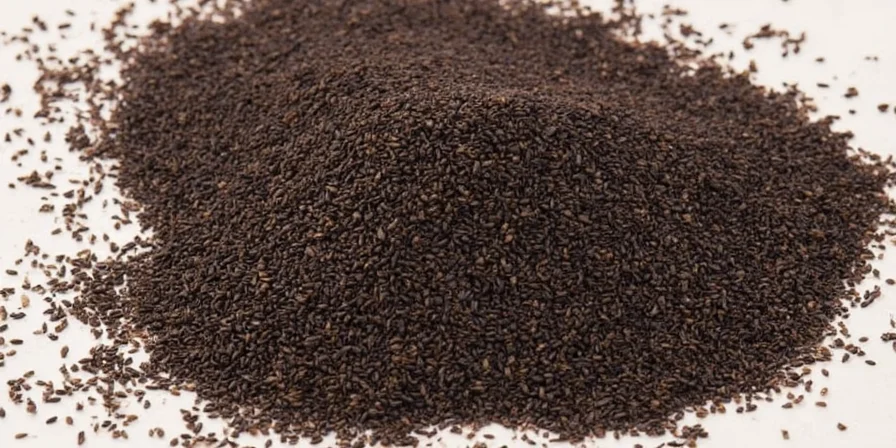









 浙公网安备
33010002000092号
浙公网安备
33010002000092号 浙B2-20120091-4
浙B2-20120091-4